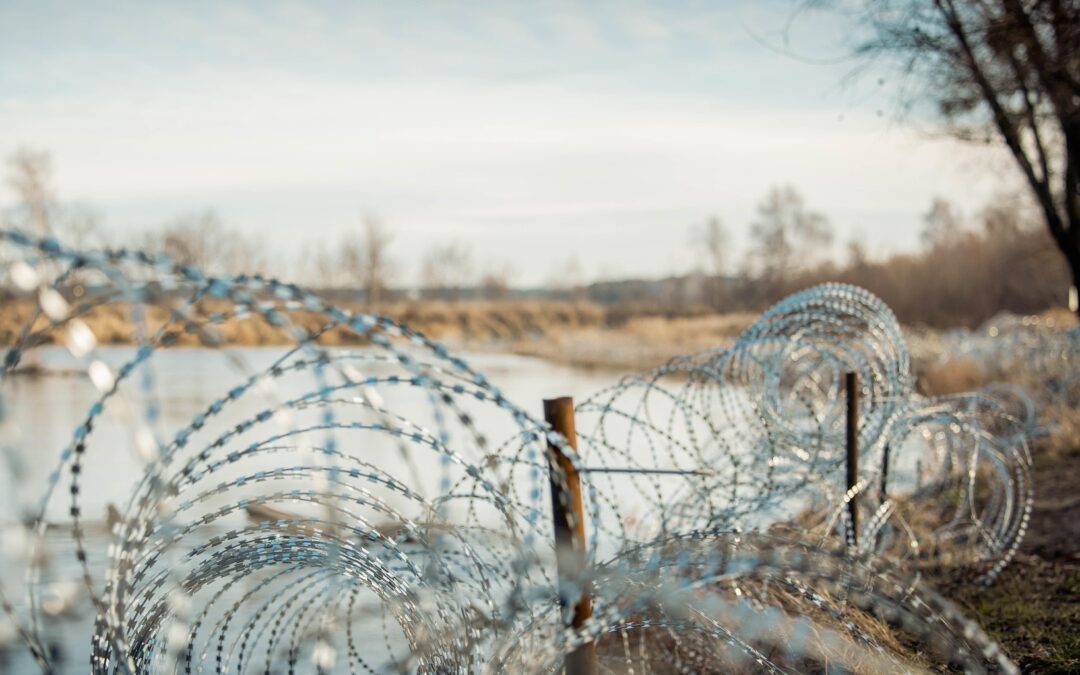A young Sudanese man who drowned in a river on Poland’s border with Belarus has been buried in a ceremony organised by the local Muslim community.
Siddig Musa Hamid Eisa, 21, is one of at least 20 people to have died on the border since Belarus began engineering tens of thousands of attempted crossings by migrants and asylum seekers – mostly from Africa, Asia and the Middle East – in the summer of 2021.
He is the sixth among them to be buried at the Muslim cemetery in the village of Bohoniki in northeast Poland, where the Lipka Tatars – one of Europe’s oldest Muslim communities – have lived for hundreds of years.
Siddig Musa Hamid Eisa is believed to have died over two months ago, on 3 October 2022. But his body was only retrieved from the Svislach river, part of which runs along the border, on 25 October, after which it was identified by his family.
“He wanted to live in Europe, but he died,” his sister told Piotr Czaban, a journalist and activist with the Podlasie Voluntary Humanitarian Aid group. “He wanted to have a quiet life, to serve his family and society.”
Czaban reported that Siddig Musa Hamid Eisa had tried to enter Poland with three other men in early October. While crossing the Svislach, he lost his balance and the heavy backpack he was wearing dragged him under the water.
Two of the other Sudanese man he was with were reportedly pushed back into Belarus by the Polish authorities. The other managed to enter Poland and is now being held at a detention centre in the city of Przemyśl.
“In mid-October, he contacted me and asked for my help in finding his friend’s body. He indicated the approximate location where it might be,” said Czaban, who passed the information on to the police.
According to Polish border guard spokeswoman Anna Michalska, four dead bodies have been found on the Polish side of the border with Belarus this year, following seven last year.
She added that, including information provided by the Belarusian side, that means at least 20 people have died since the start of the migration crisis. But activists emphasise that the true figure is unknown and could be higher. According to the Helsinki Foundation for Human Rights, there have been at least 27 fatalities.
Among the five others to be buried in the Bohoniki Muslim cemetery was 19-year-old Syrian Ahmad Al Hasan, who drowned in the Bug river last year after allegedly being pushed in by Belarusian guards. Another was buried in the Catholic cemetery in Sokółka; others have been repatriated to their countries of origin, reports Gazeta Wyborcza.
In an effort to prevent attempted illegal crossings – which reached a peak of 17,500 in October 2021 – Poland began in January to build a wall along most of the border with Belarus. The physical parts were completed in the summer and electronic elements are currently being installed.
But Grupa Granica, an initiative bringing together NGOs that offer help to those trying to cross the border, warns that the new barrier has “not reduced the humanitarian crisis”.
It says that “many human rights violations and abuses continue” and that, “if the situation does not change, we expect more cases of deaths from hypothermia this winter as well”.
A number of court rulings in Poland have found the government’s policy of pushing people back across the border to be illegal. In July, the UN’s special rapporteur on the human rights of migrants called on Poland to end the practice, which he said “violates international law”.
However, Poland’s government says that it has a responsibility to prevent illegal crossings on its border, which is also the eastern frontier of the European Union and NATO. It also argues that this will discourage others from putting their lives in danger by attempting to cross.
Main image credit: Kancelaria Premiera/Flickr (under CC BY-NC-ND 2.0)

Alicja Ptak is deputy editor-in-chief of Notes from Poland and a multimedia journalist. She has written for Clean Energy Wire and The Times, and she hosts her own podcast, The Warsaw Wire, on Poland’s economy and energy sector. She previously worked for Reuters.




















